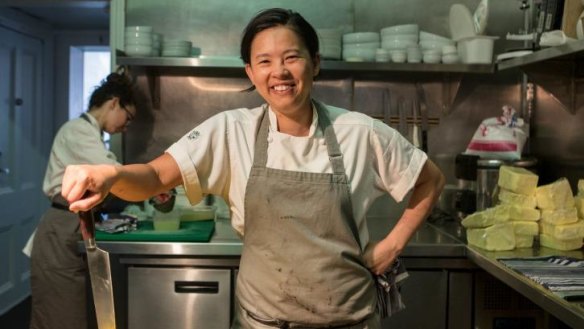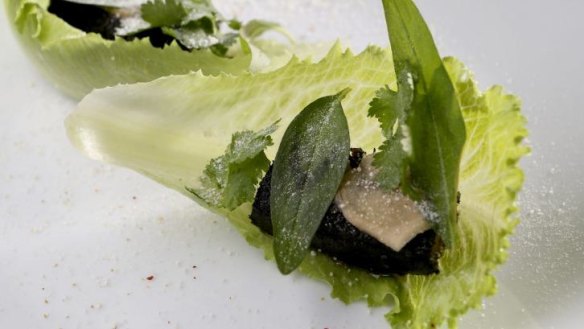Melbourne's new-wave Vietnamese restaurants

Born in a Malaysian refugee camp to Vietnamese and Cambodian parents, Thi Le came to Australia aged two. She grew up swapping lunches with Lebanese, Turkish and Filipino friends in Sydney's western suburbs before going on to work as a chef in hip restaurants including Cumulus, Luxembourg, the Town Mouse and Sydney's (now defunct) Universal. She recently opened a restaurant of her own, Richmond's Anchovy, whose elegant interiors and sophisticated menu has got the food critics talking.
Le is one of a band of next-generation restaurateurs who are innovating the Vietnamese dining scene by focusing on quality ingredients, stepped-up service and social media-friendly aesthetics. Spawn of the cheap and cheerful eateries that still line pockets of Footscray, Springvale and Richmond's Victoria Street, this new-wave includes recent newcomers St Cloud, Hochi Mama and Pho Nom, just to name a few.

"Those old restaurateurs, they introduced Vietnamese cuisine to Australia," says Le, now 30. "I guess for myself, we're educating people. There's more to Vietnamese food." For example, French cooking may not be the only influence on Vietnamese cuisine. "Last year we were researching Vietnamese food and what shocked me was the influence of Indian food on southern Vietnam."
It turns out the Vietnamese have a version of biryani, love using cardamom and, rather than being based on the French crepe, it's more likely the Vietnamese pancake is offspring to the dosa. "For me, that's quite exciting – exciting enough to tell my family. They didn't know about the history of those dishes," adds Le.
While many of Anchovy's dishes, such as blood pudding, are unlikely to grace a Victoria Street menu anytime soon, some old favourites, such as rice paper rolls, endure. The difference, says Le, is that instead of filling them with cheap bean sprouts, her version tastes more like the rolls Vietnamese families eat at home, with ingredients including pickled and fried shallots, garlic chives, perilla, betel leaf, shredded coconut, noodles, mint, coriander and house-cured fish. (The difference is also reflected in the price: Le's rolls sell for $8 each.)
Pho Nom's Jerry Mai, 38, says new-wave restaurants tend to treat their ingredients with greater respect. "There's no bicarb or baking soda marinating the meat [typically used to tenderise cheap, tougher cuts and to make them appear larger by bloating them with water]," says Mai. "It's just approaching food as you would in a western restaurant; creating a really nice Vietnamese dish using traditional techniques or flavours."
And the new-wave restaurateurs have also grown up with social media, which may even be influencing their cooking. Thai Ho, 31, co-owner of Hochi Mama, in the city, says dishes at his bar restaurant are designed to be photogenic and "Instagram-friendly." "It's for the modern age, now," says Ho. "Everyone wants to go to restaurants and take photos of the food that they're eating and our food is all photogenic, which is great." Born in Australia to parents fleeing Vietnam in 1980, Ho owned nightclubs before opening this Vietnamese bar-restaurant late last year. With its graffiti-decorated interior, dim lighting and R&B soundtrack Hochi Mama is in stark contrast to the modest Formica and neon lighting on offer at first-generation eateries. "It's very Melbourne," says Ho.
Restaurant reviews, news and the hottest openings served to your inbox.
Sign up